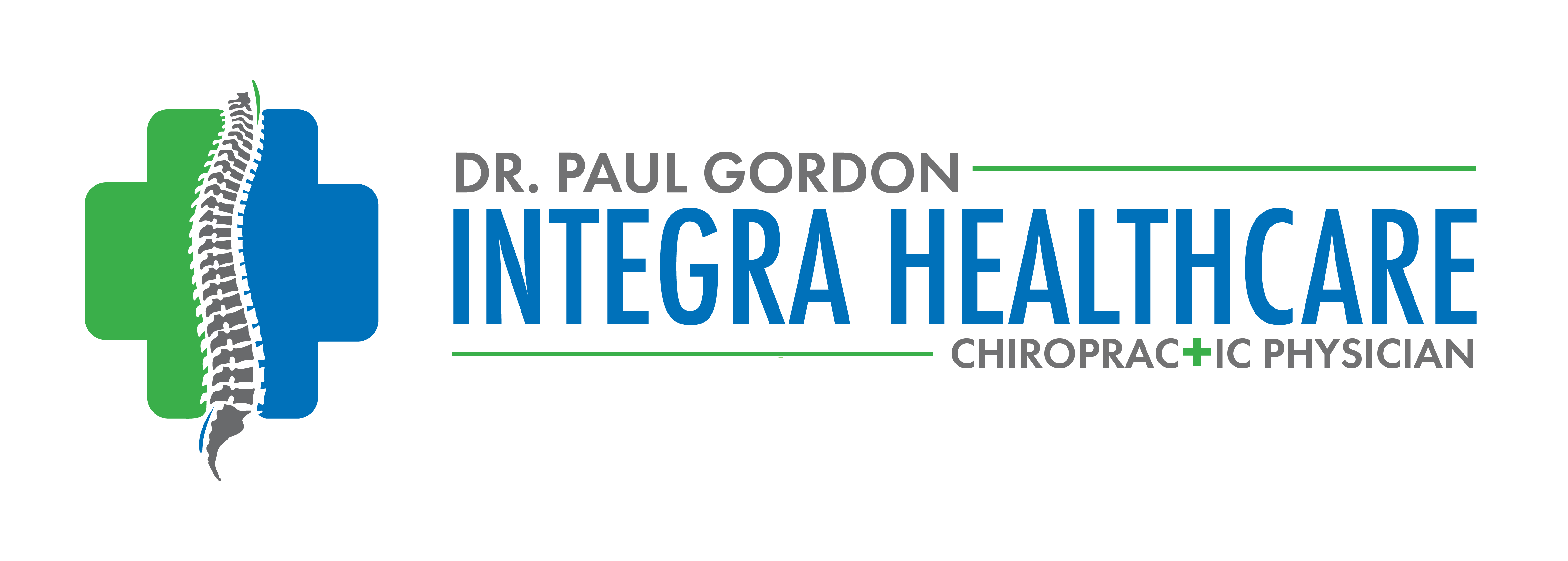How Chiropractic Helps Relieve Tension Headaches
We live in a stressful world. Life happens; it moves so fast. There are pressures coming at you from all directions. Eventually it catches up with you and it’s your body that bears the brunt of it. Tension are your body’s way of telling you that it is under stress – probably too much stress.
It’s hard to escape stress in today’s society so if you find that you are exhibiting physical symptoms of stress, it might be time to make some changes. If tension headaches are one of those symptoms, you’re in good company – about 90% of adults in the US have headaches. Many of them are tension headaches.
Symptoms of Tension Headaches
Tension headaches are distinctive and can be very painful. The good news is, they are rarely an indication of a more serious condition – other than a stressful lifestyle. Some of the most common symptoms of tension headaches include:
- Muscle tightness in the neck, jaw, and shoulders – may also be sore.
- Headache that originates at the back of the head and moves forward over the top and sides.
- Sleep problems.
- Squeezing pain or dull pressure in the head, may also be described as a tight band or vice around the head.
- Trouble eating.
- Pain or pressure in both sides of the head equally.
Sometimes tension headache symptoms can occur prior to a migraine. In other words, a tension headache can turn into a migraine headache and may be considered a migraine trigger.
Causes of Tension Headaches
The actual cause of tension headaches is not known. Researchers have some idea of potential triggers, but recent advancements in medicine have debunked the belief that they are caused by the tightening of muscles in the scalp, shoulders, neck, and jaw. Scientific tests show that then a person has a tension headache, muscle tension does not increase. Newer theories indicate that a likelier cause involves changes neurotransmitters (chemicals in the brain) which includes serotonin. This is similar to a migraine.
While researchers do not know the exact levels of neurotransmitter fluctuations, they do have evidence that it activates the brain’s pain pathways. The tightness in the muscles could be part of the physiological changes that trigger the fluctuations in neurotransmitters, or the neurotransmitter fluctuations could cause muscle tightness.
Some common triggers of tension headaches include:
- Stress
- Clenching the jaw
- Alcohol or drugs
- Overexertion
- Certain medications (even some medications for headaches which can cause rebound headaches)
- Keeping your head in one position for too long (like using a cell phone or computer)
- Depression
- Fatigue
- Grinding teeth
- Neck or head injury (even old injuries)
- Sleeping in a cold room or in an awkward position.
- Arthritis
- Anxiety
- Hormonal changes
- Sleeping on a worn-out mattress or the wrong pillow
- Dehydration
- Skipping meals
- Eye strain
Certain foods can also be triggers for tension headaches. Additives and preservatives in prepared foods, even high sodium, can cause a headache.
Sinus and allergy problems can also accompany or lead to tension headaches.
Tension Headache Treatment
Over the counter and prescription medication may be recommended for tension headaches, but a good portion of the treatment involves lifestyle changes. Relaxation techniques, dietary changes, and exercise are all common treatments for tension headaches. Patients may be advised to stop smoking, limit alcohol consumption, or avoid certain foods.
Many patients find that keeping a headache journal is very useful in pinpointing triggers. There are several headache tracking apps that you can install on your smartphone and use them to get a better handle on your headaches.
Chiropractic for Tension Headaches
Chiropractic is a very effective, natural treatment for tension headaches. In addition to recommended lifestyle changes, the chiropractor may also make adjustments to realign the vertebrae and spine. The chiropractor may also use massage and other treatments that encourage relaxation of the muscles and relieve stress. He or she will use spinal manipulation of the neck and upper back to bring the body back into alignment, relieving not only the pain, but the tension as well.
Leave a reply
